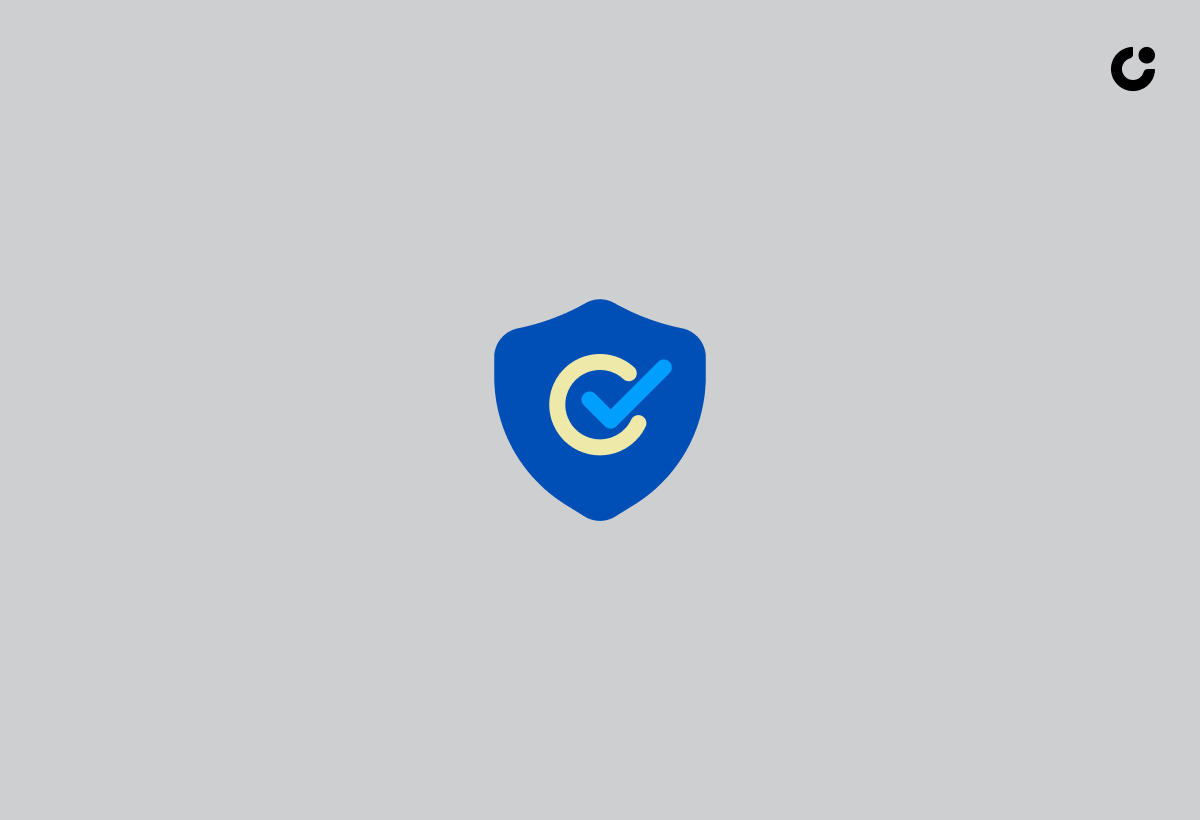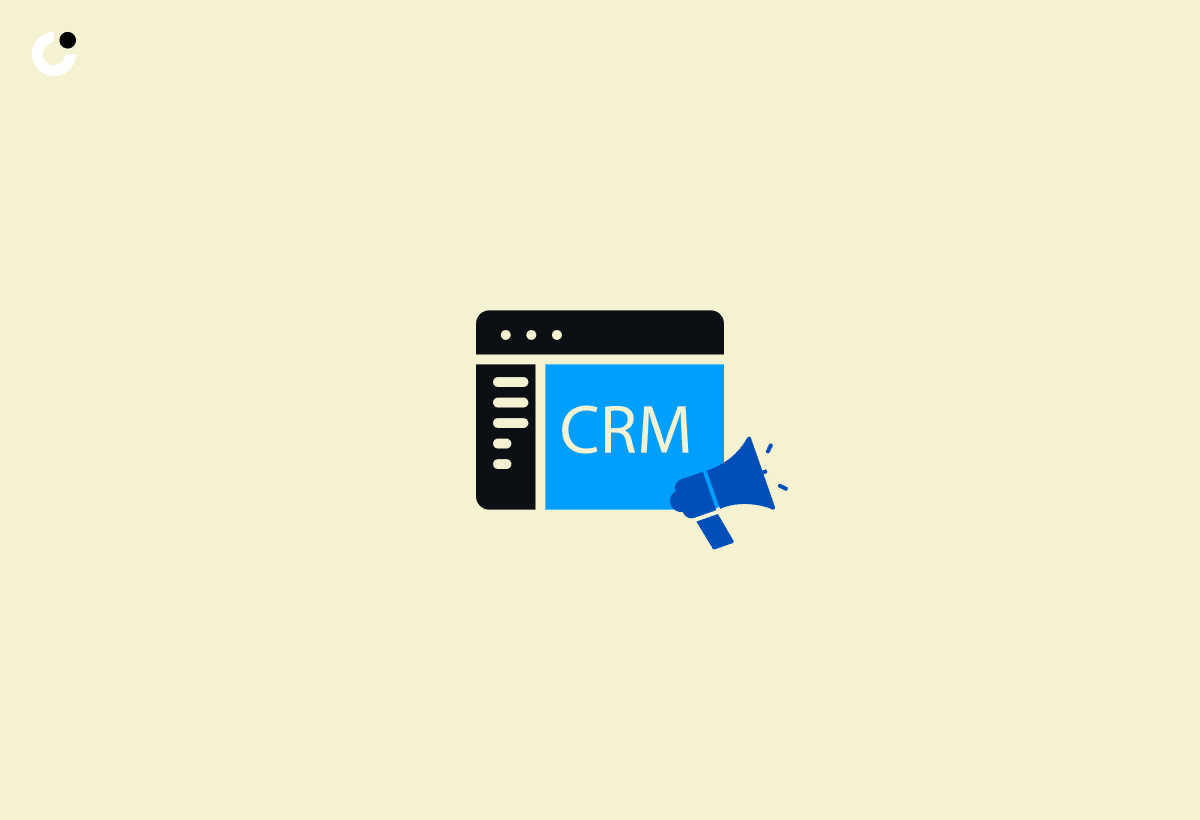In the high-stakes world of private equity, cold emailing is a powerful tool that can help you connect with potential investors and secure funding for your business ventures. Mastering the art of crafting effective cold emails is essential for any entrepreneur seeking to stand out in the competitive landscape. In this blog post, we will guide you through the process of creating high-converting cold emails using a private equity cold email template, from crafting the perfect subject line to developing a follow-up strategy that maximizes response rates.
By exploring real-world examples, leveraging insights from marketing team leaders, and examining winning email structures, you will learn how to create cold emails that capture investor attention and effectively communicate your value proposition using a private equity cold email template. Let’s begin by uncovering the secrets to crafting attention-grabbing subject lines.
Key Takeaways
- Craft an effective subject line for private equity cold emails by personalizing, offering a low-commitment call-to-action and presenting a value proposition.
- Create high converting PE cold emails with strong openings, compelling value propositions and clear calls to action.
- Build credibility & trust through content such as track record/data points, social proof & tailored messages to the prospect’s company.
Crafting the Perfect Subject Line for Private Equity Cold Emails

The subject line is the first impression your cold email makes on a potential investor. Like the headline of a newspaper article, it sets the tone for the rest of the message and determines whether or not the recipient will open and read your email. A captivating subject line can mean the difference between a cold email that gets lost in the shuffle and one that captures the attention of interested investors.
To create an effective subject line for your private equity cold emails, focus on three key elements: personalization, a low-commitment call-to-action, and a value proposition that addresses the prospect’s concerns. We will examine these vital components and discuss how to enhance your subject lines for optimal impact.
Injecting Personalization into Your Subject Line

Personalization significantly captures the recipient’s attention and enhances open rates, specifically when presenting an investment thesis. By researching the prospect online and identifying the decision-maker’s name, you can personalize the subject line and increase the likelihood of your email being noticed in a crowded inbox.
Incorporate merge tags beyond “first name” and “company name” to further personalize your subject lines. Consider using “location,” “information gathered from social accounts,” or “recent news and activities for your contacts or their companies” to create a sense of familiarity and relevance. Remember, omitting the recipient’s name from a cold email can convey a sense of carelessness and lack of commitment to connecting.
By including the recipient’s name and identifying a point of connection, such as a past Twitter post or prior investment, you enhance the personal touch of your cold email, increasing the chances of a positive response.
Clarity Over Creativity

As much as creating a clever or unique subject line might seem appealing, clarity should always outweigh creativity. Your subject line should quickly and accurately convey the purpose of your email, ensuring that the recipient understands its relevance to them. Keep your subject lines to a maximum of 65 characters to ensure they are easily readable on all devices and avoid any risk of truncation.
Urgency and Curiosity: A Balancing Act

Striking a balance between urgency and curiosity in your subject lines is essential for motivating recipients to open and engage with your email. Creating a sense of urgency can prompt the recipient to take action immediately, while sparking curiosity can encourage them to explore the content of your email further. However, avoid overdoing either element, as it may come across as pushy or manipulative. Instead, aim for a subject line that piques interest and gently nudges the recipient towards opening your email.
Anatomy of a High-Converting Private Equity Cold Email

Now that you’ve crafted a compelling subject line, it’s time to focus on the body of your cold email. A high-converting private equity cold email should include a captivating introduction, a concise explanation of your value proposition, and a clear call-to-action. By combining these elements, you can effectively communicate your investment opportunity and persuade potential investors to take the next step.
We will examine the structure of a high-converting private equity cold email, concentrating on strategies that establish a compelling opening, articulate your value proposition, and create a clear call to action. By understanding and implementing these best practices, you can create cold emails that resonate with your target audience and generate positive results.
Establishing a Strong Opening

The introduction is the first thing your recipient reads after the subject line, so it’s crucial to make it engaging and relevant. A strong opening should capture the recipient’s attention and set the context for the rest of your email. To do this, start by personalizing your introduction by addressing the recipient by their first name and referencing any affinities or overlapping investment sectors you discovered during your research.
In addition to personalization, it’s important to include the purpose of your email in the first line. This demonstrates that the connection is relevant and sets the stage for the rest of your message. By emphasizing personalization and clarity in your introduction, you can effectively capture the recipient’s attention and motivate them to read further.
Articulating Your Value Proposition

Your value proposition is the foundation of your cold email and should clearly communicate the benefits of your product or service to the prospect. To create a compelling value proposition, focus on the following elements:
- A clear and relevant explanation of your solution or offer
- Showcasing the unique advantages and benefits of your solution
- Addressing the pain points or issues of the recipient
- Personalization to make the value proposition more relevant to the recipient
- Explicitly stating what the recipient gains from accepting your pitch.
By incorporating these elements into your cold email, you can effectively articulate your value proposition and demonstrate how your offering aligns with the prospect’s needs and investment goals.
Crafting a Clear Call to Action

A clear call-to-action (CTA) is the final, crucial element of a high-converting private equity cold email. Your CTA should guide the recipient towards the desired outcome, whether that’s scheduling a call, providing more information, or connecting on social media. Be direct and concise in your CTA, and avoid using vague or ambiguous language that could confuse the recipient.
It’s also important to make it easy for the recipient to take action. Include a direct link to your calendar or a relevant resource, and make sure your contact information is readily available in your email signature. By crafting a clear and actionable CTA, you increase the likelihood that your recipient will engage with your message and take the next step in the investment process.
Building Credibility and Trust through Content

In addition to learning how to write a cold email, it’s crucial to build credibility and trust with your content. This can be achieved by showcasing your track record, leveraging social proof, and tailoring your message to the prospect’s company. By demonstrating your expertise, success, and understanding of the prospect’s needs, you can establish a strong foundation for a lasting business relationship.
We will discuss different strategies to build credibility and trust through content, emphasizing the significance of displaying your track record and data points, using social proof and endorsements, and customizing your message to align with the prospect’s company.
Showcasing Track Record and Data Points

Highlighting your track record and data points is a powerful way to demonstrate your expertise and success in the industry. By providing concrete examples of your accomplishments, you can show prospects that you have a proven history of delivering results and have a deep understanding of the market.
To showcase your track record and data points effectively, be selective and focus on the most relevant and impressive achievements. Include metrics such as:
- Revenue growth percentages
- Successful exits or acquisitions
- Return on investment (ROI) figures
- Portfolio company success stories
By presenting a strong track record and supporting it with data, you can build credibility and trust with your prospects, increasing the chances of a positive response.
Leveraging Social Proof and Endorsements

Social proof and endorsements are powerful tools for building trust and credibility with your prospects. By displaying customer reviews, testimonials, or endorsements from well-known investors or influential figures in the industry, you can demonstrate that your product or service has been validated by others and is worth considering.
When leveraging social proof and endorsements in your cold email, be strategic and choose examples that are most relevant and impactful for your prospect. Here are some ways to incorporate social proof into your email content:
- Highlight any mutual connections you have with the prospect.
- Mention any professional credentials or certifications you hold that are relevant to the prospect’s needs.
- Showcase any industry accolades or awards you have received that demonstrate your expertise. By incorporating social proof into your email, you can reinforce your value proposition and make a stronger case for your investment opportunity.
Tailoring the Message to the Prospect's Company

Customizing your message to the prospect’s company is essential for demonstrating that you understand their needs and can provide a solution. By researching the investor’s investment style, interests, and recent activities, you can tailor your message to resonate with their specific priorities and concerns.
To effectively tailor your message, focus on the following strategies:
- Emphasize the prospect’s values or interests.
- Reference any recent news or activities involving the prospect’s company.
- Highlight any overlaps between your offering and the prospect’s investment focus or portfolio companies.
- Address any potential concerns or objections the prospect may have.
By tailoring your message to the prospect’s company, you can demonstrate your understanding of their needs and create a more compelling case for your investment opportunity.
Follow-Up Strategy: Maximizing Response Rates

While a well-crafted cold email is essential, it’s just as important to have a follow-up strategy in place to maximize response rates and ensure your message doesn’t get lost in the shuffle. By timing your follow-ups appropriately, refining your message based on the recipient’s engagement, and using data to inform your tactics, you can increase the chances of securing meetings and securing investment.
We will discuss various strategies to develop a follow-up strategy that optimizes response rates, focusing on the timing and frequency of follow-up emails, refining the message for subsequent outreach, and utilizing data to guide follow-up tactics.
Timing and Frequency of Follow Up Emails

Determining the optimal timing and frequency of follow-up emails is crucial to maintaining engagement without overwhelming the recipient. While there is no one-size-fits-all approach, it’s generally best to send the first follow-up email within 24-48 hours of the initial contact to maintain the conversation in the recipient’s memory.
For subsequent follow-ups, it’s advisable to wait 2-3 days before sending the next email. If there is no response, you can send another email after 3-4 days. Keep in mind that it’s important not to delay too long, as most emails are unlikely to receive a response after 24 hours. By timing your follow-ups strategically, you can maintain engagement with your prospects and increase the chances of a positive response.
Refining the Message for Follow-Up Outreach

Refining your message for follow-up outreach is essential for addressing any concerns or questions the prospect may have. To do this, consider providing additional information or insights based on the recipient’s engagement with your initial email. For example, if the recipient clicked on a link to your pitch deck, you could follow up with more details about a specific aspect of your business they may be interested in.
Additionally, use your follow-up emails as an opportunity to reiterate your value proposition and call-to-action, ensuring that your message remains clear and compelling. By refining your message based on the recipient’s engagement, you can create more targeted and impactful follow-ups that increase the likelihood of securing a meeting or investment.
Using Data to Inform Follow-Up Tactics

Data is a powerful tool for informing your follow-up tactics and optimizing your overall cold email campaign. By analyzing open and click-through rates, as well as other engagement data from email tracking software, you can identify interested recipients and tailor your follow-up approach accordingly.
In addition to using data to inform your follow-up tactics, it’s important to continuously monitor and refine your cold email campaigns based on the insights you gather. By leveraging data and making data-driven improvements to your emails, you can enhance the effectiveness of your outreach and maximize response rates.
Tools and Online Resources to Enhance Cold Email Campaigns

To further optimize your cold email campaigns, consider utilizing the following tools and online resources:
- CRM systems that organize your prospect information
- Email tracking software that provides valuable engagement data
- Email automation tools that allow you to schedule and personalize your emails
- Email deliverability tools that help ensure your emails reach the recipient’s inbox
- Email template builders that make it easy to create professional and effective email templates
These tools can enhance your cold emailing efforts and help you achieve better results.
We will discuss different tools and online resources that can aid in enhancing your cold email campaigns, such as CRM systems for coordinated outreach, email tracking software for insightful metrics, and template libraries for rapid customization.
CRM Systems for Organized Outreach

Implementing a CRM system can help you organize your outreach efforts and manage prospect information efficiently. Some highly recommended CRM systems for private equity firms include:
CRM systems offer a range of benefits, including:
- Centralized communication
- Improved organization
- Enhanced collaboration
- Streamlined follow-ups
- Performance tracking
By leveraging CRM systems, you can optimize your cold email campaigns, improve personalization, and enhance the efficiency of your outreach efforts.
Email Tracking Software for Insightful Metrics
Email tracking software can provide valuable insights into email open rates, click-through rates, and other metrics that can help you optimize your cold email campaigns. Popular email tracking software for private equity cold emails includes:
By using email tracking software, you can:
- Monitor the performance of your cold email campaigns
- Make data-driven improvements to your messaging, subject lines, and follow-up tactics
- Enhance the effectiveness of your outreach
- Maximize response rates
Template Libraries for Quick Customization

Template libraries can be a valuable resource for quickly customizing and adapting your cold email campaigns to different investment stages and prospect needs. By utilizing proven templates, you can save time and effort in crafting your cold emails while also benefiting from best practices and successful strategies used by others in the industry.
When selecting a template for your cold email campaign, consider factors such as the investment stage, target audience, and desired outcome. By tailoring your template to the specific needs and preferences of your prospects, you can create more targeted and impactful cold emails that resonate with your audience and generate positive results.
Adapting Templates for Different Investment Stages

As your company progresses through different investment stages, it’s important to adapt your cold email templates to reflect your changing needs and priorities. Each stage of investment presents unique challenges and opportunities, and your cold email campaigns should be tailored to address these factors effectively.
We will discuss how to modify templates for various investment stages, focusing on specifics for seed rounds, appeal for growth-stage investments, and focus on expansion and scaling. By understanding the nuances of each stage and customizing your templates accordingly, you can create more targeted and effective cold emails that resonate with potential investors.
Seed Round Specifics

Customizing your cold email template for seed round investments requires a focus on the potential for growth and the unique value of your product or service. Emphasize the differences that make your company stand out and capture the investor’s attention, such as early traction or remarkable growth rates.
To effectively introduce the potential for growth and the unique value of the product or service in a seed round cold email, emphasize the differences that make your company stand out and capture the investor’s attention, such as early traction or remarkable growth rates. Furthermore, you can emphasize any evidence of success, such as having secured a lead investor or having a team with prior successful exits.
Growth-Stage Investment Appeal

Tailoring your template for growth-stage investments involves:
- Highlighting your company’s achievements and plans for future expansion
- Demonstrating the venture’s high-growth potential
- Showcasing the growth metrics and achievements that have driven your success so far
This will help establish your company as a strong contender for investment and position you favorably in the eyes of potential investors, especially in the competitive world of investment banking.
Expansion and Scaling Focus

For later-stage investments, your cold email template should focus on expansion and scaling, demonstrating your company’s ability to grow and succeed in the market. Emphasize metrics and evidence of progress, offer personalized solutions, and illustrate customer satisfaction and industry recognition in your email content.
By showcasing your company’s capacity for expansion and scaling, you can effectively communicate your value proposition and attract the interest of potential investors, including venture capital investors.
Real-World Examples of Successful Private Equity Cold Emails

Exploring real-world examples of successful private equity cold emails can provide valuable insights into the strategies and tactics that have led to positive results. By analyzing case studies, breaking down winning email structures, and leveraging insights from marketing team leaders, you can gain a deeper understanding of what works and what doesn’t in the world of cold email outreach.
We will analyze real-world examples of successful private equity cold emails, including case studies of effective cold outreach, deconstructions of successful email structures, and insights from marketing team leaders. These examples will help illuminate the path to success and inspire you to master the art of cold emailing in private equity.
Case Studies of Effective Cold Outreach

Analyzing case studies of effective cold outreach can provide valuable insights into the successful strategies and tactics used by others in the industry. By examining these case studies, you can learn from their successes and apply these lessons to your own cold email campaigns.
One such case study involves a first-time founder who raised $1 million through cold emails and without any introductions or resorting to cold calling. This example serves as a testament to the efficacy of cold email outreach in the private equity space and demonstrates the power of persistence, personalization, and strategic messaging in generating positive results.
Breakdown of Winning Email Structures

Breaking down winning email structures can help you understand the components that contribute to a high-converting cold email. By examining the structure and content of successful cold emails, you can identify best practices and incorporate them into your own campaigns.
When analyzing winning email structures, pay close attention to the introductions, value propositions, and calls-to-action. Notice how these elements are crafted to engage the recipient, communicate the value of the offering, and guide the prospect towards the desired outcome. By understanding the structure and flow of successful cold emails, you can create more compelling and effective messages that resonate with your target audience.
Insights from Marketing Team Leaders

Gaining insights from marketing and sales team leaders can provide valuable perspective on best practices and lessons learned from their own cold email campaigns. By tapping into the knowledge and experience of these industry experts, you can refine your approach and enhance the effectiveness of your outreach efforts.
Some key insights from marketing team leaders include the importance of thorough research, expert copywriting, and persistence in the face of challenges. By incorporating these best practices into your cold email campaigns, you can increase your chances of success and secure the funding you need to grow and scale your business.
Summary
Mastering the art of private equity cold emailing is essential for entrepreneurs seeking to secure funding and establish meaningful connections with potential investors. By crafting captivating subject lines, engaging content, and clear calls-to-action, you can create high-converting cold emails that resonate with your target audience and generate positive results.
In this blog post, we have explored the various components and strategies that contribute to successful private equity cold emails, as well as the tools and resources that can enhance your outreach efforts. By applying these lessons and insights to your own cold email campaigns, you can confidently approach potential investors, communicate your value proposition, and secure the funding you need to grow your business.
Frequently Asked Questions
What are the essential components of an effective subject line in a cold email?
An effective subject line in a cold email should include personalization, a low-commitment call to action, and a value proposition that addresses the prospect's issues.
How can I personalize my cold email subject line effectively?
Incorporate the decision-maker's name, merge tags beyond "first name" and "company name", and research the prospect online to craft a professional and personalized subject line for your cold email.
What is the recommended timing for sending follow-up emails in the private equity sector?
For optimal timing, follow-up emails should be sent between 7 AM and 9 AM on weekdays for the best response in the private equity sector.
How can I use data from email tracking software to inform my follow-up tactics and improve my overall cold email campaign?
By analyzing open and click-through rates, as well as other engagement data from email tracking software, you can identify interested recipients and tailor your follow-up tactics accordingly to improve your overall cold email campaign.
How can I adapt my cold email template for different investment stages?
Adjust your cold email template to emphasize the unique needs and priorities of each investment stage, such as potential for growth, achievements, and plans for future expansion. Focus on demonstrating the ability of your company to grow and succeed in the market for later-stage investments.

